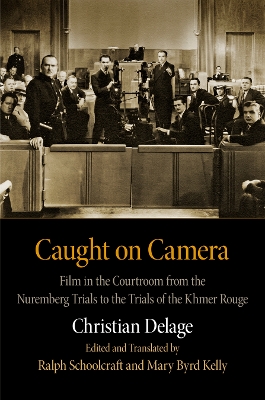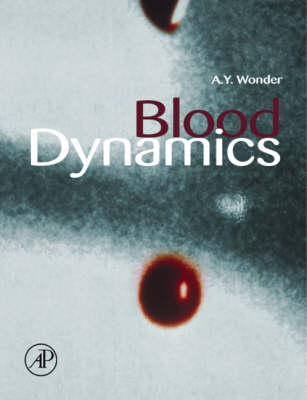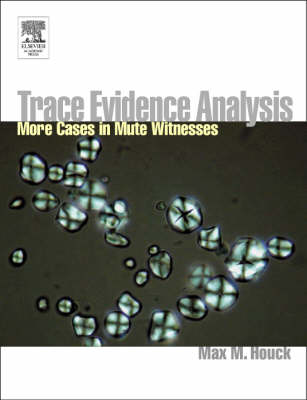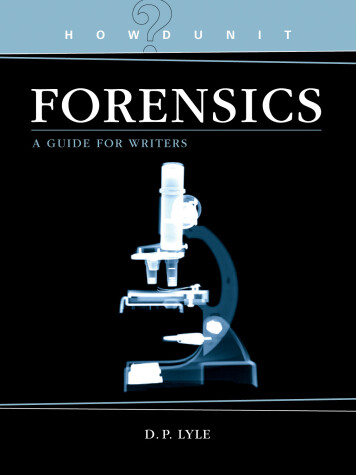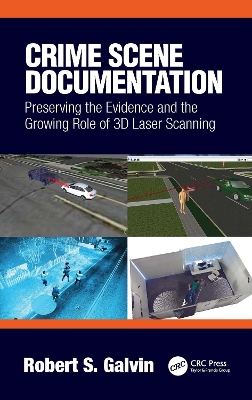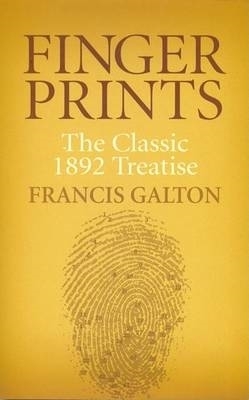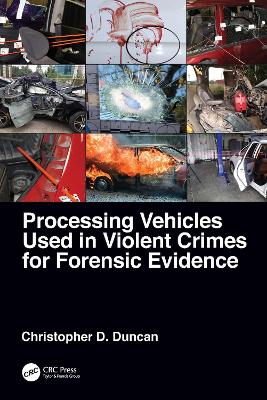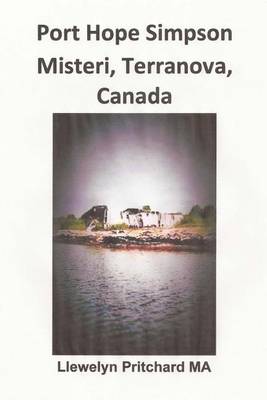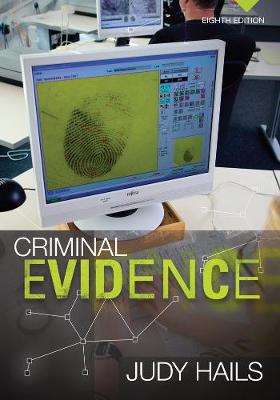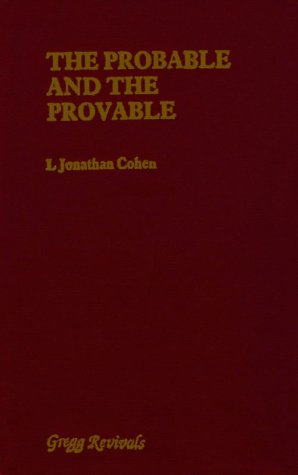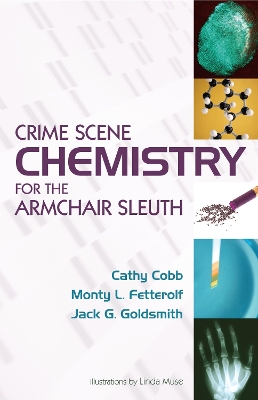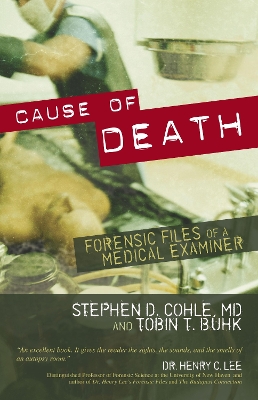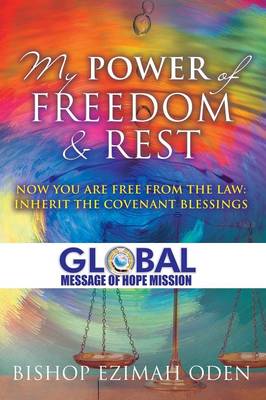When the Allied forces of World War II formed an international tribunal to prosecute Nazi war crimes, they introduced two major innovations to court procedure. The prosecution projected film footage and newsreels shot by British, Soviet, and American soldiers as they discovered Nazi camps. These images, presented as human testimony and material evidence, were instrumental in naming and prosecuting war crimes. At the same time, the Nuremberg tribunal was filmed so that the memory of "the greatest...
Today's resources on bloodstain analysis are still based on methods that were derived in the 1920s. Although medical and clinical research have provided a growing body of information on blood composition and behavior, this information has been ignored in favor of historical bloodstain analysis methods-until now. With 25 years of experience in the field, author Anita Wonder shows how to use these new methods for interpreting bloodstains, including non-Newtonian fluid behavior (a process that does...
Mute Witnesses
Trace evidence is small, even microscopic remnants of materials found at a crime scene or on a victim. The term mute witnesses is commonly used to refer to these small bits of evidence such as paint smears, fibers, hair strands, dirt particles, glass fragments, and other items. Trace evidence can be used to tell the story of how a crime was committed and to identify and convict suspects. Recent improvements in the techniques used to collect and analyze trace evidence have played a key role in so...
Oregon Revised Statutes Title 10 Property Rights and Transactions 2020 Edition
by Oregon Legislature
Rooted Forever in History (Port Hope Simpson Mysteries, #9)
by Llewelyn Pritchard
Just because you don't have all the tools and training of a full-time medical examiner doesn't mean you can't learn your way around a crime scene. In Forensics, award-winning author and TV show consultant D.P. Lyle, M.D., takes each area of forensicsfrom fingerprint analysis to crime scene reconstructionand discusses its development, how the science works, how it helps in crime solving, and how you as a writer might use this technique in crafting your plot. This comprehensive reference guide...
When a criminal act or vehicle crash occurs, most often a local law enforcement agency responds and is responsible for both investigating the scene and for documenting it. It is critical that scene evidence is collected and recorded efficiently, as the scene can quickly change. The sooner evidence can be collected, reviewed, and analyzed, the better an understanding investigators will have as to how and why the incident occurred. Crime Scene Documentation: Preserving the evidence and the growi...
Henry Lee's Crime Scene Handbook
by Dr Henry C Lee, Timothy Palmbach, and Marilyn T. Miller
Henry Lee's Crime Scene Handbook outlines proven methods to help you collect and process physical evidence correctly, analyze it thoroughly, and understand its relevance to the case involved. It evaluates the newest chemical and instrumental techniques, and covers new areas such as forensic analysis of computers and advanced shooting scene reconstruction methods. This "must-have" guide is enhanced with dozens of color photographs, logic trees, check lists, worksheets, case studies, lists of supp...
Forensic Consulting Psychology (Fundamentals of Consulting Psychology)
by Jay Finkelman
Skilled forensic consulting psychologists help clients prepare for courtroom trials. This book helps psychologists understand the demands of this challenging yet deeply rewarding field. Forensic psychologists may be hired to participate in jury selection and witness preparation, organize mock trials and focus groups to test arguments, provide expert testimony and psychological evaluation, and conduct posttrial interviews that yield useful information for future cases. Experienced forensic ps...
Despite the increasing use of DNA evidence and other sophisticated forensic techniques in crime solving, fingerprints still serve as an indispensable tool of modern-day criminal investigation. This fascinating book, originally published in 1892, represents the first thorough investigation of this anatomical peculiarity and its application in establishing individual identity for use in law enforcement. Sir Francis Galton, a cousin of Charles Darwin and a member of the Royal Geographical Society,...
Federal Rules of Evidence and California Evidence Code (Supplements)
by David Alan Sklansky
Processing Vehicles Used in Violent Crimes for Forensic Evidence
by Christopher D Duncan
While there are numerous books on crime scene investigation and the processing of crime scenes, few focus on the processing of vehicles. Whether the crime took place in the car or the car was used to transport the suspect or victim—and, as such, is a secondary scene—investigating vehicles presents several unique challenges. Processing Vehicles Used in Violent Crimes for Forensic Evidence fills this void providing the technical instruction sorely needed in this area of crime scene investigation...
With an emphasis on real-world applications, CRIMINAL EVIDENCE, Eighth Edition, provides readers with comprehensive, up-to-date coverage of common evidentiary topics in a brief, affordable format. This book thoroughly explores constitutional issues essential to the collection and seizure of admissible evidence and legal interrogation, carefully outlining concepts and processes applicable to every state and pointing out where great interstate variation exists or specific state codes may have a st...
Probable and the Provable (Modern Revivals in Philosophy S.)
by L. Jonathan Cohen
Oregon Revised Statutes Title 17 State Legislative Department and Laws 2020 Edition
by Oregon Legislature
Crime Scene Chemistry for the Armchair Sleuth
by Cathy Cobb, Monty Fetterolf, and Jack G. Goldsmith
With hands-on demonstrations, this book presents the science - and the realities - of forensic chemistry in a narrative style that makes this timely topic accessible to the nonchemist. The authors lead you through actual and simulated forensic techniques, such aspresumptive and confirmative drug testing,body fluid identification including luminol testing,DNA analysis,trace fiber and gun shot residue analysis,latent fingerprint development, and forensic soil analysis. Through more than twenty-fi...
The body of a woman floats to the surface of a lake with sixty pounds of cinder block and chain attached to her legs. Her killer faces the death penalty if the prosecution can answer one question: Did she drown? A worker for the only U.S. plant licensed to produce anthrax dies, the victim of a heart attack. But what caused his heart to stop beating? Follow veteran medical examiner Dr. Stephen D. Cohle into the world of forensic pathology, as he solves these and many other cases. Written from a...
